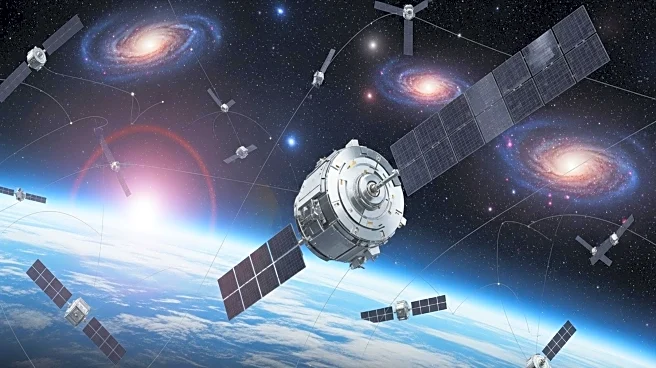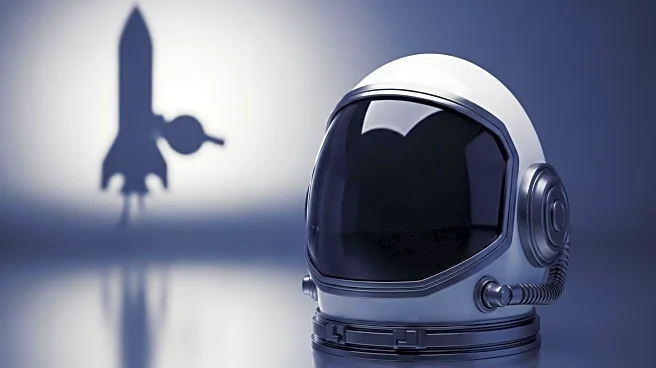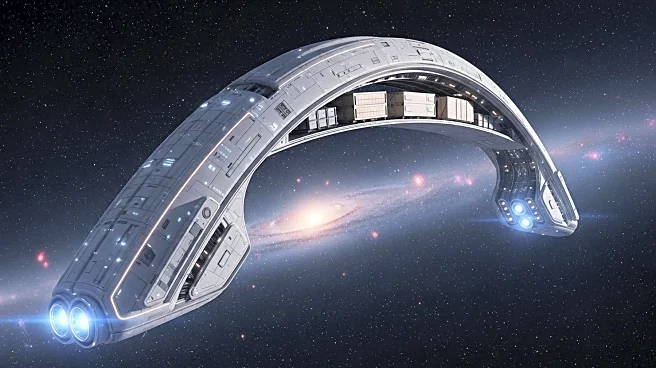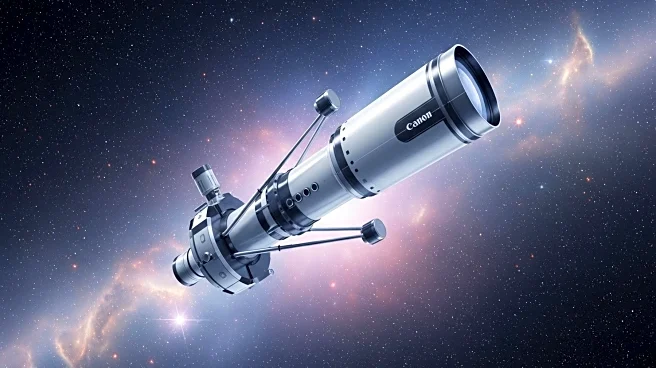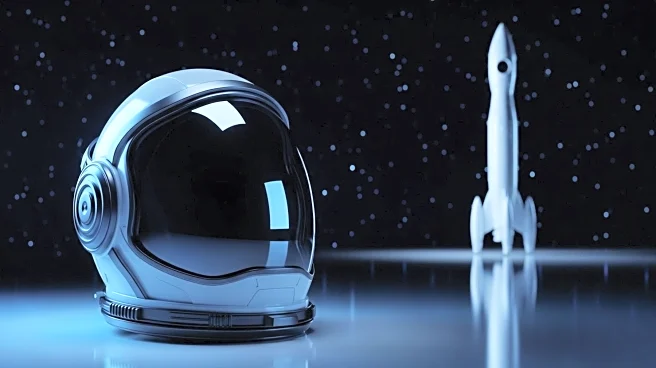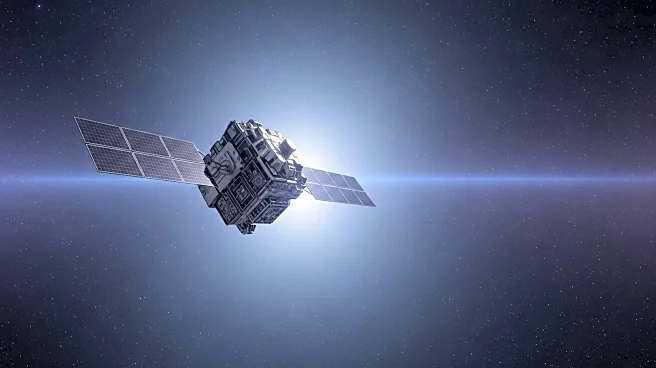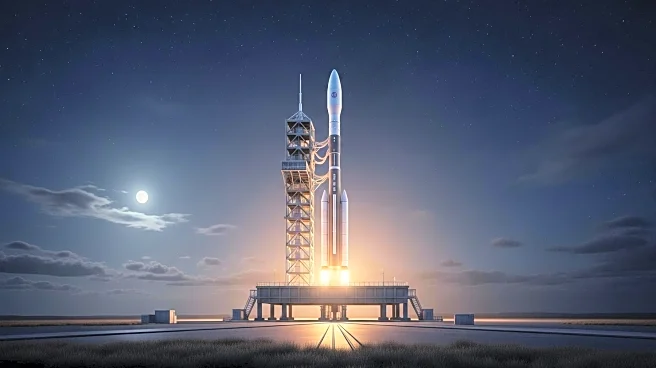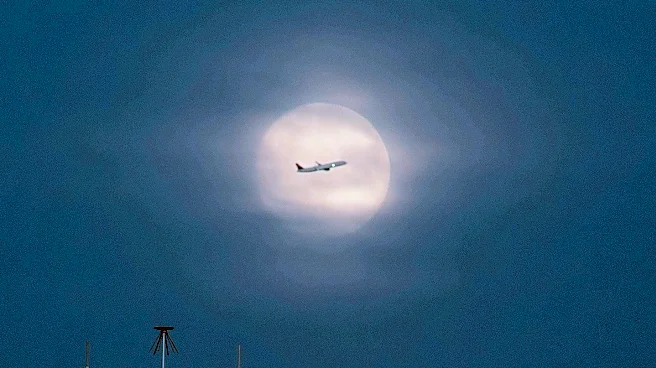What's Happening?
NASA and Sierra Space have revised their contract terms for the Dream Chaser spaceplane, shifting its mission focus from supplying the International Space Station (ISS) to becoming a free-flying spacecraft. This strategic pivot is driven by the impending decommissioning of the ISS by 2030 and Sierra Space's ambitions to position the Dream Chaser as a versatile asset capable of supporting national defense and private space station ventures. The spaceplane's first orbital flight is scheduled for 2026, marking a significant shift in its operational role.
Why It's Important?
The shift in the Dream Chaser's mission focus reflects broader trends in the aerospace industry towards leveraging commercial innovation for national defense and private space exploration. This move could enhance the U.S.'s capabilities in space transportation and defense, offering new opportunities for collaboration between government and private sectors. The Dream Chaser's versatility and reusability make it a valuable asset in the evolving landscape of space missions, potentially influencing future space policy and commercial space ventures.
What's Next?
As Sierra Space and NASA continue to develop the Dream Chaser, its role in national defense and private space missions is expected to expand. The spaceplane's adaptability may lead to new partnerships and collaborations in the aerospace industry, fostering innovation and technological advancements. The decommissioning of the ISS will likely prompt increased focus on developing private space stations, with the Dream Chaser playing a key role in servicing these ventures.
Beyond the Headlines
The Dream Chaser's shift from ISS resupply missions to broader space transportation roles raises questions about the future of international space collaboration and the balance between public and private sector involvement in space exploration. Ethical considerations regarding the use of space technology for defense purposes may arise, prompting discussions on international regulations and norms. The spaceplane's versatility and reusability could lead to long-term shifts in space transportation strategies, influencing the development of new technologies and mission profiles.

